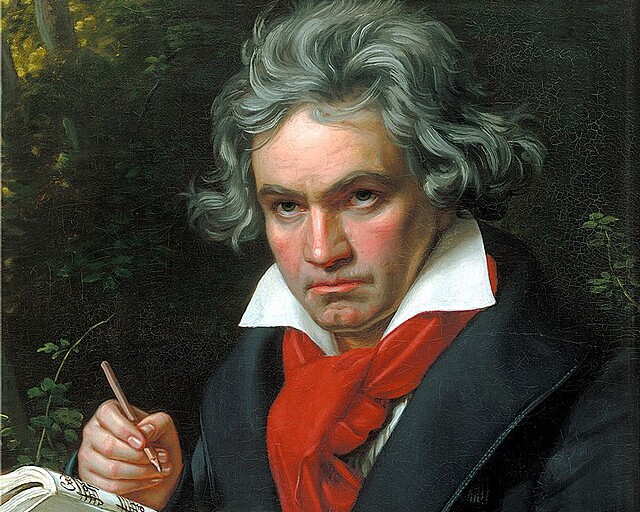
Beethoven – Für Elise
Among the vast body of music Beethoven left behind, Für Elise is arguably the most universally recognized.
Even those unfamiliar with classical music have likely heard its iconic opening notes at some point—on the radio, in a commercial, from a toy piano, or played hesitantly by a young student.
It is a piece that has quietly but surely taken root in the everyday soundscape of the world.
The Mystery Behind “Elise”
Believed to have been composed in 1810, Für Elise was not discovered until 1867—over 40 years after Beethoven’s death.
The original manuscript bore the dedication “Für Elise,” but to this day, the identity of Elise remains uncertain.
One widely accepted theory suggests that “Elise” may have been a mistaken reading of “Therese Malfatti,” a woman Beethoven is thought to have loved.
Regardless of her true identity, the music itself speaks volumes about the intimacy of the composer’s feelings.
Musical Structure and Character
Für Elise is a brief piece in A minor, written in ternary (A–B–A) form.
- The iconic opening theme features a simple, delicate melody in the right hand supported by broken chords in the left.
Its gentle, almost whisper-like phrasing feels as if someone is calling a name softly from afar. - The middle section shifts in key and mood, bringing more rhythmic drive and contrast.
Here, we glimpse Beethoven’s signature energy and inventiveness—even in such a compact form. - The return of the main theme brings the piece to a close with calm familiarity.
Despite its brevity, the piece contains emotional depth and compositional elegance.
Why It’s So Widely Loved
Technically, Für Elise is relatively simple and accessible, which has made it a go-to piece for piano learners around the world.
Yet beyond its role in music education, it holds a timeless emotional resonance—its melody is both catchy and gently melancholic, evoking nostalgia and quiet tenderness.
The piece is also deeply embedded in modern culture.
It’s been heard in classrooms, shopping malls, commercials, ringtone libraries, and countless film scores, which is why so many people recognize it even without knowing its name or composer.
Conclusion
Für Elise is not grand or virtuosic.
It doesn’t try to overwhelm or impress.
Instead, it quietly lingers, leaving a gentle imprint on the heart.
Within its modest length lies Beethoven’s human side—a glimpse into longing, affection, and perhaps even regret.
As an entry point to classical music and a companion to everyday life, this unassuming piece will undoubtedly continue to be heard, played, and loved for generations to come.
More than 100 million songs in CD quality. 7 million in better-than-CD sound.
🎧 Start your free trial with Amazon Music Unlimited now!

